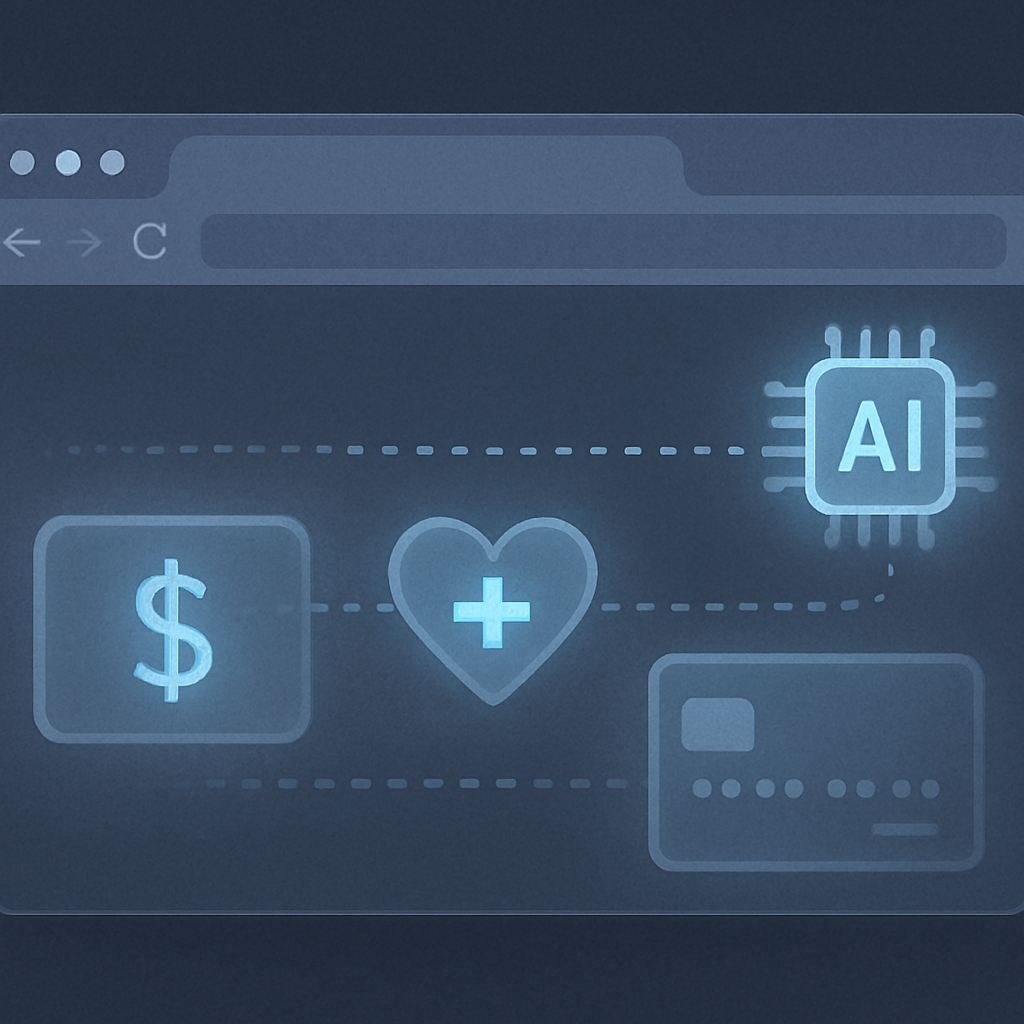GitHub CEO Thomas Dohmke Steps Down as Microsoft Tightens AI Integration
Introduction
GitHub’s leadership is about to undergo a major change. Thomas Dohmke, who has served as the company’s CEO since late 2021, announced that he will step down from his position at the end of 2025. The decision marks the end of an era for the Microsoft-owned developer platform, which has grown significantly during Dohmke’s tenure. His departure also coincides with a major structural change within Microsoft, as GitHub becomes part of the company’s CoreAI division.
This development is not only a leadership change but also a signal that Microsoft intends to place artificial intelligence at the center of GitHub’s future.
Dohmke’s Journey at GitHub
Thomas Dohmke joined GitHub in 2018, shortly after Microsoft acquired the platform. Initially serving in leadership roles on the product side, he became CEO in 2021. Under his guidance, GitHub continued to thrive, both in user growth and in the adoption of new technologies.
One of the most notable achievements during his tenure has been the success of GitHub Copilot, an AI-powered coding assistant that has transformed the way developers write software. Copilot’s widespread adoption by millions of developers globally reflects Dohmke’s vision of combining innovation with usability.
Beyond product growth, Dohmke’s leadership helped GitHub maintain its position as the go-to collaboration platform for developers, hosting more than one billion repositories and forks. The company’s global community now exceeds 150 million registered developers.
The Reason Behind the Change
Dohmke has stated that he is stepping down to return to his entrepreneurial roots and explore new ventures. His passion for building from the ground up suggests that his next chapter may involve launching or leading another technology startup. While the specific details of his future plans remain private, the timing aligns with a broader shift inside Microsoft.
Rather than appointing a new CEO, Microsoft has decided to integrate GitHub more deeply into its organizational structure. This move reflects the company’s desire to unify its AI strategy and consolidate innovation under its CoreAI division.
What Is CoreAI?
CoreAI is Microsoft’s central hub for artificial intelligence initiatives. It leads the development of AI tools, platforms, and services across the company’s product lines. By placing GitHub within this division, Microsoft is signaling that AI-powered development will play a more prominent role in the platform’s future.
This integration is expected to enable faster innovation, closer collaboration with AI researchers, and more advanced AI features for developers. It also eliminates a layer of corporate separation, making it easier for Microsoft to align GitHub’s product roadmap with its broader AI goals.
Leadership During the Transition
During the transition period, Microsoft will not appoint a new GitHub CEO. Instead, existing leaders will assume greater responsibility. Julia Liuson will oversee revenue, engineering, and support functions for GitHub, while Chief Product Officer Mario Rodriguez will report directly to Microsoft’s AI Platform leadership.
Dohmke will remain in his role until the end of 2025 to ensure a smooth handover. This overlap should help maintain stability for GitHub’s user community, business partners, and internal teams.
Implications for Developers
For developers, this leadership change and structural shift may bring both opportunities and uncertainties. On one hand, integration with CoreAI could mean faster updates, more advanced AI coding tools, and tighter integration with Microsoft’s ecosystem. On the other, some may worry that GitHub’s independent culture could diminish as it becomes more closely tied to Microsoft’s corporate structure.
Historically, GitHub has operated with a level of autonomy that allowed it to cater to the unique needs of open-source communities. The coming years will reveal how much of that independence remains under CoreAI’s management.
AI at the Center of GitHub’s Future
Microsoft’s decision to bring GitHub into CoreAI aligns with a broader trend in the tech industry — embedding AI deeply into developer workflows. With tools like GitHub Copilot already demonstrating the potential of AI-assisted coding, the company appears committed to making such technologies a central part of the development experience.
This could lead to enhanced features such as real-time code optimization, AI-driven security scanning, and automated testing solutions. For enterprises, these tools could significantly reduce development time and improve code quality. For independent developers, they could offer powerful new ways to create and collaborate.
Conclusion
Thomas Dohmke’s planned departure marks a pivotal moment for GitHub. Under his leadership, the platform has grown stronger, embraced AI, and maintained its reputation as a cornerstone of the global developer community. His exit, paired with GitHub’s integration into Microsoft’s CoreAI division, represents a strategic pivot toward a more AI-driven future.
For Microsoft, this move consolidates resources and strengthens its position in the competitive AI landscape. For developers, it opens the door to potentially groundbreaking tools and workflows — but also raises questions about how the platform’s culture and independence will evolve.
As 2025 approaches, the software development world will be watching closely to see how GitHub navigates this transition and what role AI will play in shaping its next chapter.




Comments are closed